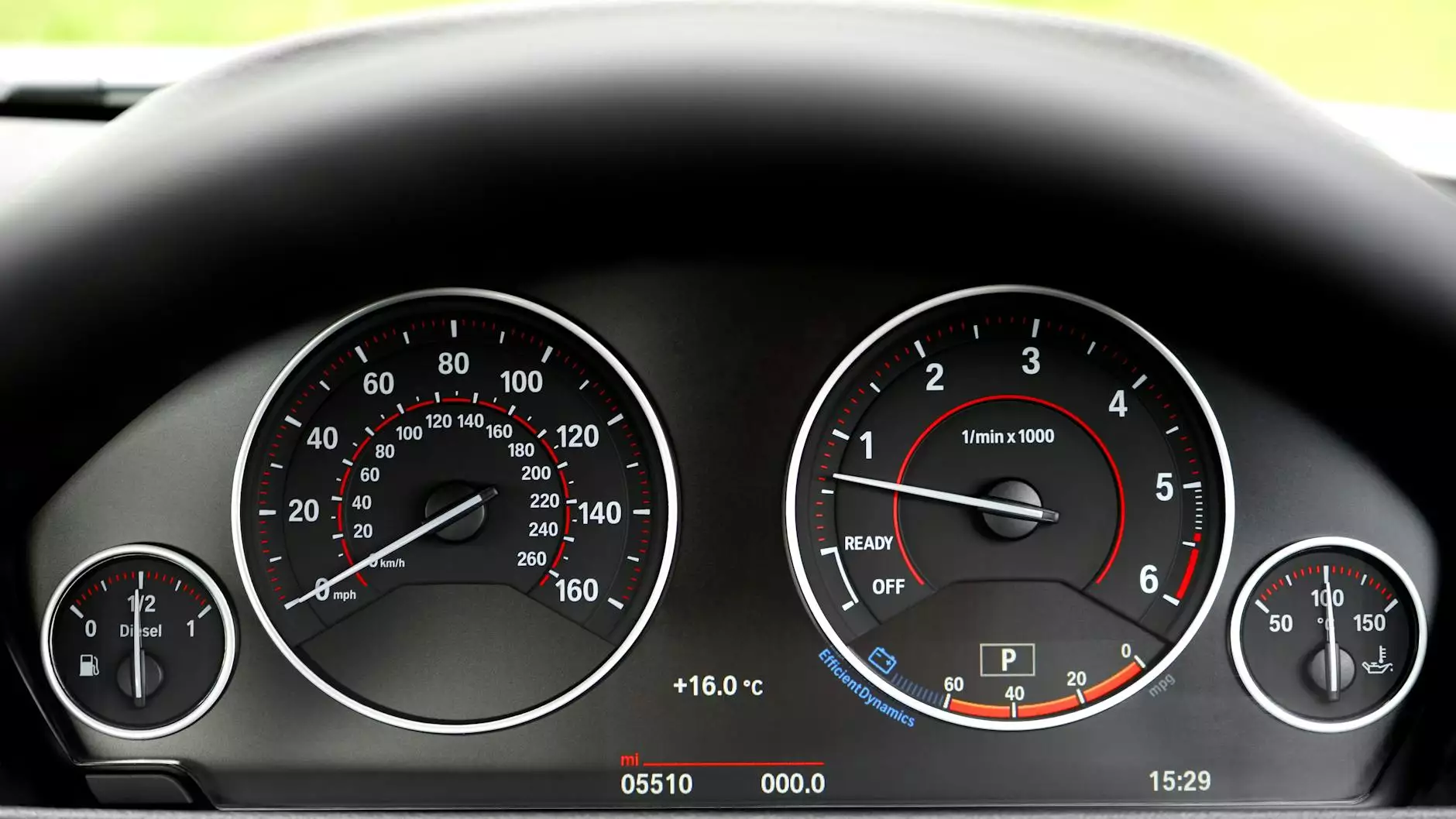Lung Cancer Screening: A Vital Step Towards Health Awareness and Prevention

Understanding Lung Cancer and Its Impact
Lung cancer is one of the leading causes of cancer-related deaths worldwide. It primarily affects individuals who have had prolonged exposure to risk factors such as smoking, environmental pollutants, and occupational hazards. Unfortunately, lung cancer is often diagnosed at advanced stages, which significantly reduces survival rates. This alarming reality underscores the critical need for effective lung cancer screening programs as a proactive measure for public health.
The Importance of Lung Cancer Screening
Screening for lung cancer is essential for several reasons:
- Early Detection: The earlier lung cancer is detected, the higher the chances of successful treatment. Screening can identify the disease at a stage when it is more manageable.
- Risk Assessment: Screening helps identify individuals at high risk, enabling personalized prevention strategies.
- Improved Survival Rates: Studies show that regular screening can significantly improve survival rates for lung cancer patients.
- Awareness and Education: Screening programs raise awareness about lung cancer and educate the public about its risks and symptoms.
Who Should Consider Lung Cancer Screening?
Lung cancer screening is primarily recommended for individuals who meet specific criteria, typically involving age and smoking history. The general guidelines suggest:
- Adults aged 50-80 years
- A history of heavy smoking (i.e., smoking a pack a day for 20 years or the equivalent)
- Current smokers or those who have quit within the last 15 years
Anyone falling under these categories should consult their healthcare provider about the benefits and risks associated with screening.
Screening Methods: How is Lung Cancer Screened?
The two most common methods for screening lung cancer are:
1. Low-Dose Computed Tomography (LDCT)
LDCT is the primary method used for lung cancer screening. This non-invasive imaging test uses lower doses of radiation to create detailed images of the lungs. It is effective at detecting small tumors that conventional X-rays might miss.
2. Chest X-rays
While less sensitive than LDCT, chest X-rays may still be employed in some screening protocols. However, they are not as recommended for detecting early-stage lung cancers, leading to many professionals advocating for LDCT instead.
The Screening Process: What to Expect
Individuals undergoing lung cancer screening can expect the following steps:
- Preparation: No special preparation is needed, but patients should inform their healthcare provider of any current medications or health conditions.
- The Procedure: The LDCT scan typically lasts less than 30 minutes and involves lying on a table that slides into the CT machine.
- Post-Procedure: There’s usually no downtime required. Patients can resume normal activities immediately after the exam.
- Results: Results are generally available within a few days, with the radiologist providing a report that the healthcare provider will discuss with the patient.
Benefits of Lung Cancer Screening
The benefits of lung cancer screening extend beyond detection:
- Peace of Mind: Knowing your lung cancer status can alleviate anxiety associated with potential symptoms or risk factors.
- Actionable Outcomes: Early detection allows for timely treatment options, which may include surgery, radiation, or chemotherapy.
- Healthcare Utilization: Screening can lead to earlier healthcare interventions, reducing the overall burden of advanced disease treatment.
Risks and Limitations
While the benefits are significant, it is also vital to recognize the potential risks and limitations of lung cancer screening:
- False Positives: LDCT scans can sometimes show abnormal results that are not cancerous, leading to unnecessary anxiety and further testing.
- Overdiagnosis: Some detected cancers may never cause symptoms or lead to death, resulting in overdiagnosis and overtreatment.
- Radiation Exposure: Although low, there is still a slight risk due to the radiation exposure from scans, which could contribute to cancer risk in the future.
Integrating Lung Cancer Screening into Routine Health Care
To maximize the benefits of lung cancer screening, it should be integrated into regular healthcare practices. This includes:
- Regular Health Check-ups: Encourage patients to discuss their screening options with their physicians during routine visits.
- Public Awareness Campaigns: Healthcare providers and organizations should engage in campaigns that inform the public about the importance of screening.
- Accessibility: Increase access to screening programs, especially in underserved communities, to ensure that all individuals at risk can benefit.
Conclusion: A Collective Responsibility
In conclusion, lung cancer screening is an invaluable tool in the fight against one of the world's most deadly diseases. The journey toward better lung health requires a collective effort from healthcare providers, policymakers, and the community. By promoting awareness, accessibility, and integration of lung cancer screening, we can significantly reduce the incidence and mortality associated with lung cancer. Let's work together to ensure that everyone has the opportunity to catch this disease early and improve their chances of recovery.
Call to Action
If you or someone you know is at risk for lung cancer, don’t hesitate to talk to a healthcare provider about lung cancer screening options. Support the cause of early detection and take a proactive step towards lung health today!









